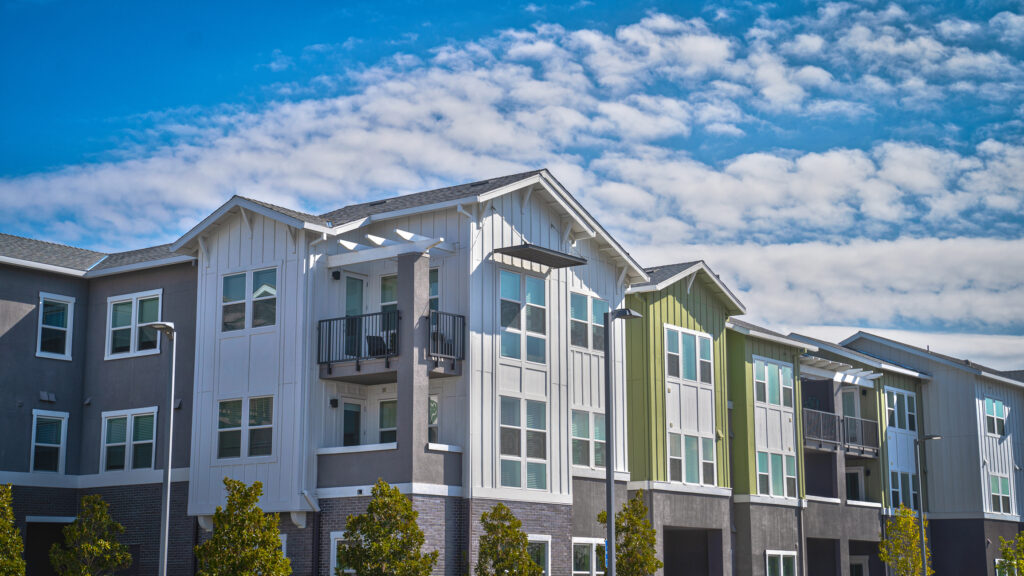Optimizing Tax Benefits in Multi-Family Properties with Cost Segregation
- Contributor
- Todd Giustiniano
Jan 3, 2024
Investing in apartment buildings and multi-family homes is a time-honored strategy for those seeking a steady stream of cash flow. Savvy investors looking to amplify their investment returns can tap into the often underutilized yet highly effective strategy of cost segregation. This advanced tax planning tool accelerates depreciation deductions and defers taxes thereby bolstering a project’s return on investment. More than just a tax-saving tactic, cost segregation is a vital financial strategy that can profoundly enhance an owner’s financial performance and maximize returns.
What is Cost Segregation?
Cost segregation is a tax strategy that involves identifying and allocating costs to the various components of a building property. In simpler terms, it’s a process where parts of your property, typically considered part of the building (and therefore subject to a more extended depreciation period), are reclassified as personal property or land improvements. These components can be depreciated over a shorter period, typically 5, 7, or 15 years, instead of the standard 27.5 years for residential rental property under the Modified Accelerated Cost Recovery System (MACRS).
Components and Financial Benefits of Cost Segregation
Cost segregation involves meticulously analyzing a property’s construction or acquisition costs and reallocating these expenses into appropriate depreciation categories. Key elements typically examined include:
- Exterior Improvements: This encompasses landscaping, outdoor lighting, and parking lot development.
- Specialized Electrical Installations: This includes wiring for communication systems and dedicated electrical circuits for certain appliances.
- Non-structural Elements: Items like carpets, window treatments, and removable wall partitions fall under this category.
- Mechanical Components: This covers HVAC systems, security systems, and plumbing fixtures.
By accelerating the depreciation of these elements, owners of apartment buildings can significantly decrease their taxable income in the early years of property ownership. This reduction in tax liability leads to enhanced cash flow, a vital benefit in the real estate sector where initial costs are typically high, and maintaining a healthy cash flow is essential for financial stability and growth.
Real-World Impact of Cost Segregation
The impact of cost segregation on the financial performance of apartment building investments is significant. This strategic tax planning tool has enabled property owners to unlock considerable first-year tax reductions, often amounting to millions of dollars.
Cost segregation is a valuable and IRS-compliant tool that offers tax reduction benefits and is a prudent strategy for strategic tax planning. If you’re an apartment building owner looking to boost your revenue through smart tax planning, a cost segregation study could be a game-changer for your holdings. For guidance or to initiate a cost segregation study for your property, contact your CRI advisor. Our team of experts is equipped to help you explore this opportunity and unlock its potential for your property investments.

































































































































































































































































































































































































































































































































